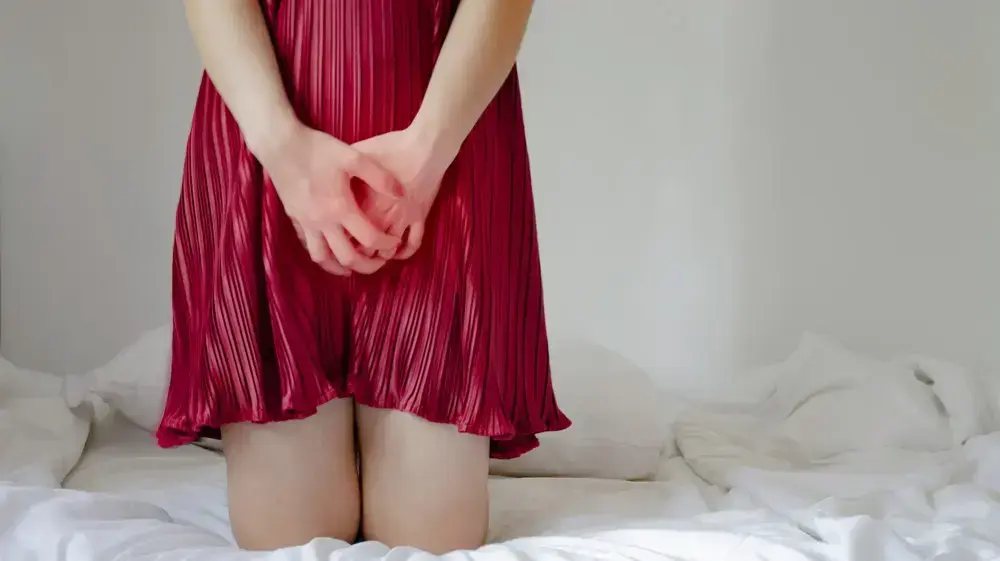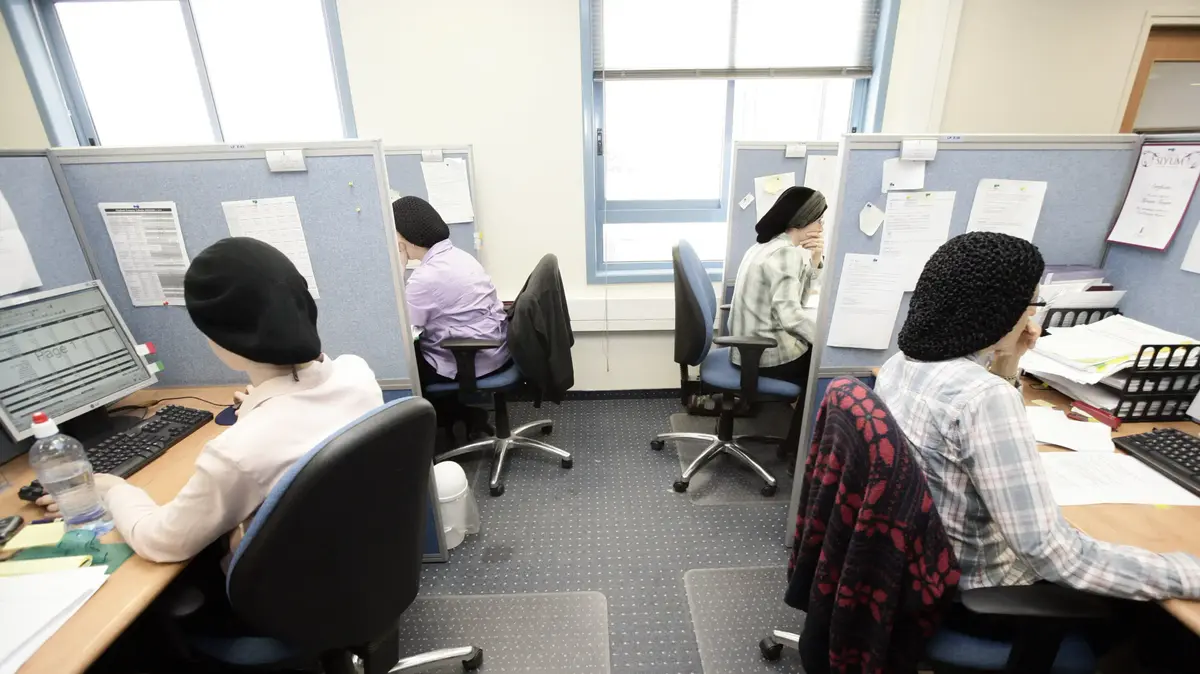The image was taken in Brussels in 1911, in one of the salons of the Metropole, a beautiful hotel that opened its doors in 1895. Marie Curie is the only woman we see among 23 men, all of them dressed, attentive to the photographer who immortalizes the first Solvay Congress, a meeting that defined much of the physics and chemistry of the 20th century.
Albert Einstein is the youngest of them all (his hair is still a manageable mane; he is second from the right in the photograph below).
In the center of the image, two people are ignoring the photographer or perhaps posing in an exemplary fashion for him—or perhaps her?
They both look absorbed at a document that rests on the long table.
Henri Poincaré, mathematician and philosopher of science, seems to be explaining something of great interest to Marie Curie, devoted to her explanation with his head resting on her hand.
Is this,
perhaps, a gesture that hides the discomfort of the moment?
Is it that strange humility that emerges when you feel like you're where you don't belong?
Probably not.
Marie Curie had just received the second Nobel Prize from her, becoming the first person to receive two Nobels in different specialties: Physics (1903) and Chemistry (1911).
Marie Curie, Nobel Prize winner in Physics (1903) and Chemistry (1911), together with 23 renowned scientists at the first Solvay Congress, in Brussels in 1911.Getty Images (Science and Society Picture Library)
Marie Curie is the image of "the only woman" par excellence.
Until 58 years after this snapshot, in 1969, there were not two women among so many men at a Solvay Congress.
Documentary filmmaker Immy Humes has published the book A Single Woman (Phaidon), in which she brings together 100 images in which a single woman poses among men, Marie Curie among them.
It is strange to see that each image produces a different feeling.
Some cause admiration, pride, or even euphoria, like that of Anna Searcy, the only medical student at Columbia College, in Missouri, in 1897. The admiration comes from reading that Searcy was an orphan and that her studies were paid for by a foundation beneficial.
You understand, of course.
Other photos cause stupefaction, pity or desolation, such as the arrest in London in 1914 of the suffragette Emmeline Pankhurst.
Or that black woman posing with dignity among 10 men with swords at their hips in a Union camp at Harrison's Landing, Virginia, in 1862. It was the early years of the Civil War.
Had he just been emancipated from slavery?
Was this “cook” treated with respect, as a footnote to her informs us?
"We can't know," Humes says.
"We will never know if she was raped every night or if she was able to lead a dignified existence, but we do see her vulnerability and her courage."
The protester Ieshia Evans protests peacefully before the police in Baton Rouge (USA) in 2016. The nurse traveled to the Louisiana city to protest the death of Alton Sterling, murdered by white police officers.
Jonathan Bachmann (Reuters)
The first thing that came to Humes's mind when he saved the first image he noticed was: "Go for them!!!".
The photo was from 1960 and in it avant-garde filmmaker Shirley Clarke was celebrating the premiere of her first feature film with a drink in hand among the 22 men on her film crew.
Later, realizing what that moment must have meant to her, Humes changed her mental message to "take care."
"At first I didn't know why I began to collect these images, it was simply a bad habit that made me lose many hours," she confesses over the phone.
“An excuse to procrastinate daily.
I looked at all kinds of archives, from States, institutes, libraries... Some are famous.
Others are very cloudy.
We can play to imagine what each of the portrayed felt in each snapshot.
All of them are forensic evidence of the patriarchy.
Witnesses of a time that is still alive”.
Lil Hardin, instrumentalist, in Chicago (USA) in 1923. On trombone, Louis Armstrong.
Getty Images (JP Jazz Archive)
On May 21, 1914, suffragette Emmeline Pankhurst is arrested in London.
Getty Images
Anonymous railroad worker, in Pennsylvania (USA) between 1942 and 1944. Schlesinger Library (Harvard Radcliffe Institute)
Gloria Richardson, defender of civil rights, in Cambridge (USA) in 1963. AP / Shutterstock
Benazir Bhutto, in 1988. She became Prime Minister of Pakistan at the age of 35.
Malcolm Clarke (Shutterstock; / ANL)
An American art student, in Florence (Italy) in 1951. The photograph was taken by another woman: Ruth Orkin.
Ruth Orkin (Ruth Orkin Photo Archive)
American war correspondent Martha Gellhorn, in Cassino, Italy, in 1944.IWM
German actress Marlene Dietrich entertains American troops on the European front in 1945.Getty Images (General Photographic Agency / Hulton Deutsch)
The photographs in this report belong to the book
One Woman Only
, by Immy Humes, published by Phaidon Press.













/cloudfront-eu-central-1.images.arcpublishing.com/prisa/KMEYMJKESBAZBE4MRBAM4TGHIQ.jpg)

